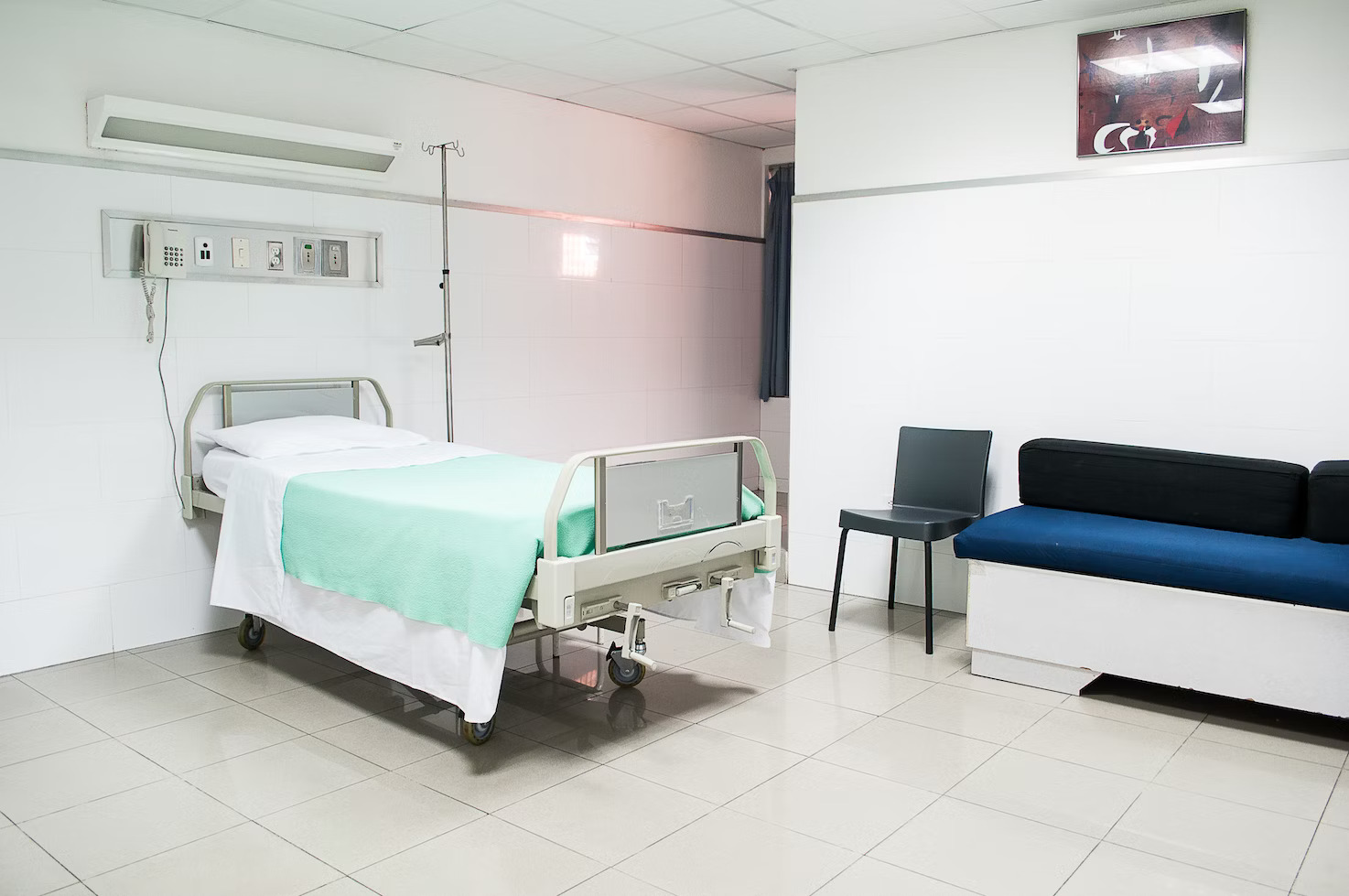Doctors Office Design Ideas
Doctors Office Design Ideas | Fenix
Need to design a doctor's office that is efficient but will help keep your patients calm? Read this blog by FENIX for tips and tricks.
Doctor’s Office and Clinic Design
The layout, look and feel of your medical space makes a huge difference to patients, visitors and staff alike. When designing a doctor’s office and clinic, there are many factors you must consider, and many variables which will impact your interior design choices, including budget, space and accessibility.
Not only does your space have to be professional and confidential, but a good doctor’s office should be safe, calming and comfortable, putting nervous patients and those who suffer from Iatrophobia at ease.
With that in mind, this informative guide will offer some inspiration for using design to help all who use your facilities have a positive experience.
FENIX offers a range of innovative materials that are matte, soft to the touch and durable. Perfect for elevating your doctor’s office and clinic. See for yourselves by ordering a free sample today.

What is Your Budget?
As with any large design project, having a budget in mind before you start is crucial, and making sure to stick to it is even more crucial. This will make it a much quicker process when speaking to contractors and interior designers, helping them to narrow your options down and give budget appropriate suggestions. You also should make sure that you factor a little bit of contingency money into your budget, just in case things don’t go to plan.
If budgets aren’t your area of expertise, you could even consider hiring a project manager to assist you with project scope and managing the project team as well as the resources assigned to the project and making sure your budget stays on track.
What Size Space Do You Have?
The size of the doctor’s office and clinic space you’re dealing with will impact every decision you make throughout this project, so we’d advise you to measure up and make sure it’s exact.
For example, an expansive area could lend itself to breakout rooms for parents and children, whereas a small doctor’s clinic design might want to include additional areas of storage to avoid stress-inducing clutter in compact spaces.
As a priority, make sure that your reception area is not cramped and uninviting, as typically this is the first area of your clinic that people see upon entering, so we’d recommend making this as spacious and welcoming as possible given the space you have.
Welcoming Waiting Rooms
Sitting in the doctor’s waiting room usually means that the patient has a medical concern, and will be subsequently more anxious than usual, so you want to make the waiting room as pleasant and calming as possible.
It has been proven that cluttered environments are stress inducing, so make sure that your waiting room is clean and tidy. This not only reduces patients’ stress levels, but reassures them that your clinic is safe and sanitary.
Adequate space is also very important in a doctor’s office waiting room; if you’re not feeling 100%, you don’t want to be rubbing shoulders with another patient who is also not feeling great. Plus, in a post-pandemic world, people are increasingly aware of germ transference, which is heightened in a doctor’s office waiting room. As waiting rooms can soon fill up on busy days, your clinic may benefit from added ventilation for fresh air, spaced out seating and even an option to seat an overflow of patients in another room.
Distraction from anxiety is important too, so you could consider installing TVs, offering reading materials, playing calming music and even giving safe toys for young patients and children of patients to play with.
Calming Color Schemes
When it comes to color schemes, go with your gut; if anything seems too bright or too patterned then it probably is. Opting for botanical colors means you can’t go far wrong. Along with neutral, earthy tones, avoid harsh, fluorescent lighting and add as much natural light as possible to complement the calming colors you’ve selected.
Adding natural elements such as indoor plants and earthy colors can aid stress-release and add to the overall ambience of the doctor’s office.

Homely Touches
Distill nerves and anxiety by making patients feel as though they’re in a home from home. You can do this by adding homely touches such as soft furnishings, artwork and plants to your surgery. Why not offer free Wi-Fi or try out a comfy sofa in the waiting room, accompanied by a TV or some magazines to flick through, taking patients’ minds off impending diagnosis or treatment.
Not only do indoor plants look pretty and have a calming effect, but this particular homely touch can purify the air and minimize stuffiness, which is essential in a waiting room or reception area.
Doctor’s Office Layout
Although they’re there for your medical advice and treatment, you can elevate your patients’ experience through interior design. Before you commence with the project, create floor plans and shift things around to make sure you’re happy with the layout. Maybe even run it by your staff and even patients to get their opinions, as they’re the people who are going to be using it most and want to feel comfortable.
In the doctor’s office, patient confidentiality and privacy is key, and therefore making them feel comfortable enough to speak at ease is very important. To ensure this, make sure that any doors and windows are able to be closed and covered, and that there are no adjoining rooms which could potentially allow people to overhear what is being discussed.
We’d recommend having the consultation area as the focal point of the room, preferably near the middle, so that you can prioritize your patient at all times and reach all IT equipment, paperwork and tools you may need. Top tip: materials used for doctor’s office countertops should be easy to clean and hard-wearing.

Accessibility
People with disabilities and those who have limited mobility need their doctor’s office to be accessible. Despite provincial disability acts that call for health care accessibility for all, that isn’t always the case, which can deter patients from choosing your surgery or in fact going to seek medical advice at all.
Be sure to consider accessibility when designing your doctor’s office layout, taking into account things like accessible routes, curb ramps, parking, passenger drop off points, elevators, signage, entrances and restroom accommodations.
You may also want to consider points where you can install Braille signage for blind and partially sighted, or the loop system for the hard of hearing.
Always Use a Professional
Designing a doctor’s office is not something you should consider doing without consultation. Unlike a home, a doctor’s office and clinic has a legal requirement to be safe, sanitary and suitable for customers. Hiring a professional contractor and interior designer to help you in your process will avoid any unnecessary tricky situations later down the line, and could ultimately save you money.
If you found this guide helpful and would like to know more about FENIX, and how you can use our materials to benefit your doctor’s office transformation, don’t hesitate to get in touch and speak to one of our experts. You can also get a free sample of FENIX NTM, FENIX NTM BLOOM and FENIX NTA today.
